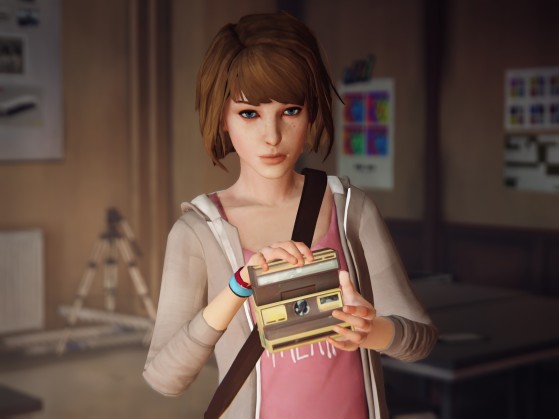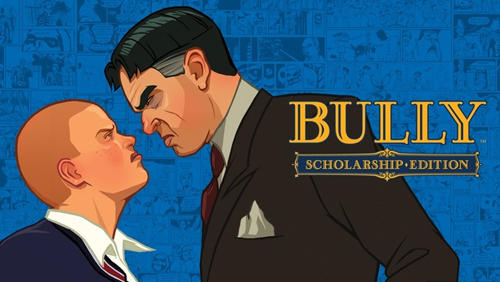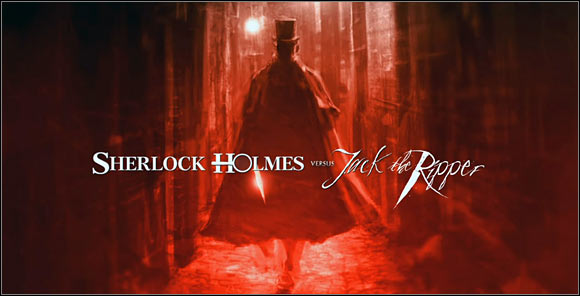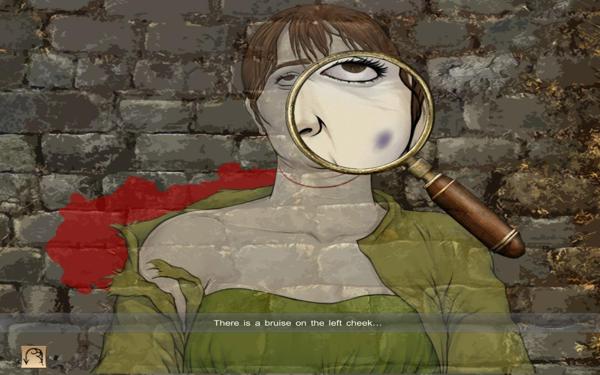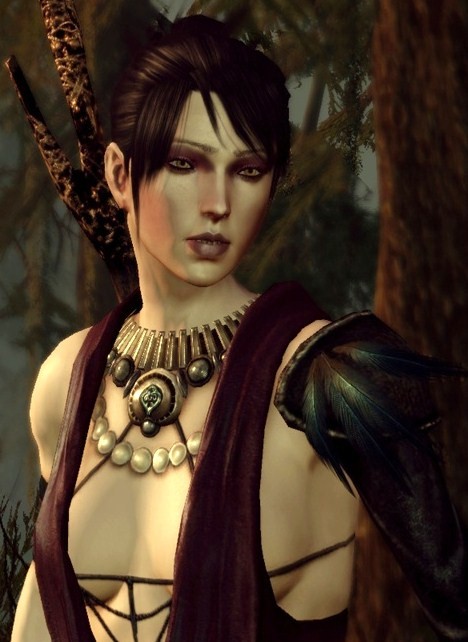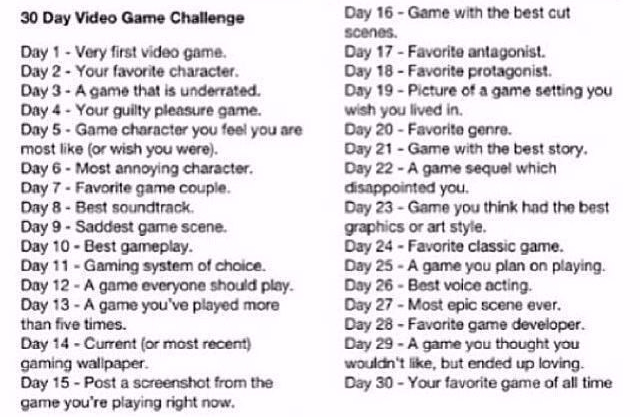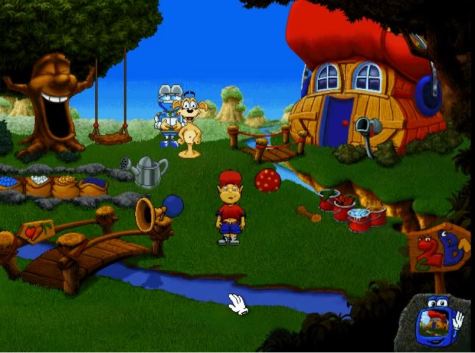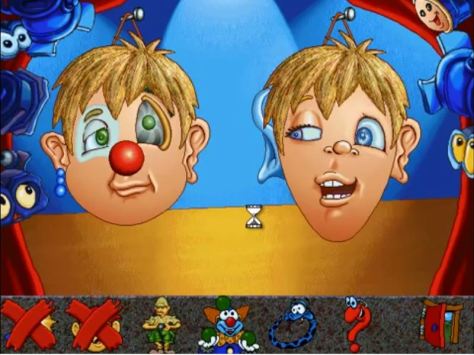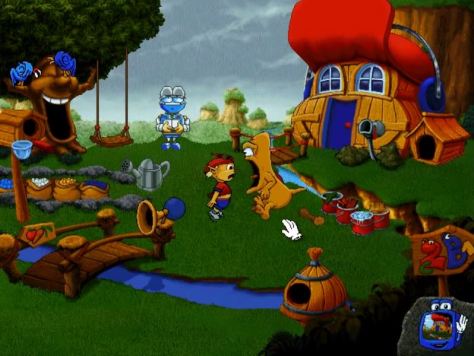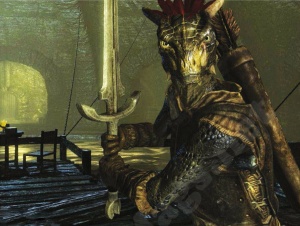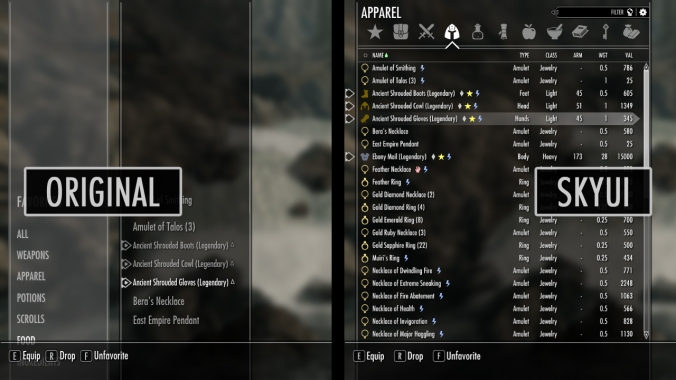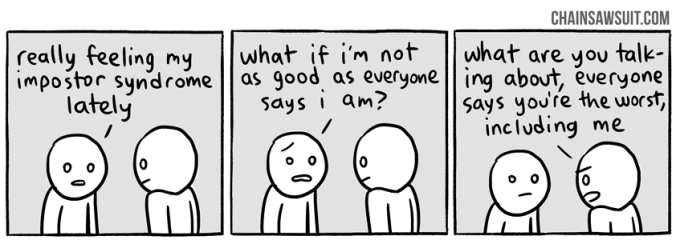It’s been six years since the release of Bethesda’s multi-award-winning RPG, The Elder Scrolls V: Skyrim, and with E3 firmly underway, I am once again in a permanent state of not-getting-my-hopes-up for the sixth game.
It’s my favourite series; call me an optimist, but I just can’t help it.
Skyrim was praised for its vastly improved graphics, realism, and dynamic environment and won a large number of awards including five BAFTAs (one for Jeremy Soule’s incredible score), many for Best Design etc., and several for Game of the Year. Bethesda had switched to the specifically designed Creation Engine from to the Gambryo engine, which was great at making beautiful landscapes, but notoriously bad at making people. This was described by PC Gamer’s Tom Francis as leading to ‘ugly people and odd behaviour‘.
There were lots of things that Skyrim got right. The abolishment of the class system allowed for more freedom to role-play, as well as making the character creation less confusing for new players. The decision to mix the Blade and Blunt skills into One-Handed and Two-Handed was a sensible one, as well as the wonderful addition of Perks, allowing the player to customise their character even further (I still have nostalgia for the skills of Athletics and Acrobatics but I understand that they somewhat unbalance the levelling system). Melee combat is still a bit clunky, but far better than IV: Oblivion and worlds away from the dice-roll combat of III: Morrowind. And, of course, who doesn’t love a good cutscene displaying your killing blow in all its glory.
However, there were lots of things that Skyrim got wrong. The procedurally-generated side quests are boring and lack depth, and the main quests aren’t much better. The facial graphics are much improved, but there’s not much variation in facial structure, especially in the female NPCs; this leads to a limited ability to connect with characters, and although there are approximately 60,000 lines of dialogue and more voice actors than in previous games, it gets extremely tiresome listening to the same faux-Nordic woman asking me if I’m the one who fetches the mead when I’m clearly wearing a full set of Daedric armour and I’m the Thane of the city, you inconsiderate milk-drinker.
So, with that in mind, here are my top 5 things that I’d like to see from The Elder Scrolls VI: Not-Getting-My-Hopes-Up:
1: More emphasis on beast races
Beast races don’t get nearly enough love. Resistance to disease, ability to breathe underwater, and general scaly-coolness are what make me adore the lizard Argonians so much, and woe betide the fool who challenges my feline Khajiit to a brawl with her claw
attacks. Ideally I’d like the next Elder Scrolls game to be set in Black Marsh; a thick tangle of forest and swamp would be a stark contrast to the open landscape of previous games, and a main quest centred on the Shadowscales (Argonians born under the sign of the Shadow and trained from childhood as assassins) would be an interesting break from the cliché of the main character being the hero just because…well, because. If not centred directly on the beast races, it would be nice if the main quest didn’t have an immersion-breaking flaw sitting right in the middle – is it likely that an Argonian or a Khajiit would have the power of the Dragonborn, or am I missing something? For me, Skyrim is far more immersive when playing as a Nord, and I think any game that purports to be an RPG should have a main quest that works for all races equally.
2. Overhauled inventory system
Let’s be real here – Skyrim‘s inventory system sucks. It’s badly organised. It looks awful. It’s not even in alphabetical order. You don’t know what things are stolen and what aren’t. Thankfully, SkyUI Team on NexusMods.com created (you guessed it) SkyUI, an inventory organising mod that just makes it so much better. It’s detailed, easy to use and so clear that you’ll never lose anything ever again.
If Bethesda could collaborate with the Sky UI team and make an inventory system that looks like the one on the right of the picture above, that would be great. And Sky UI does more than just overhaul the inventory; every single interface is improved, from alchemy to magic to enchanting. This interface should stay for the long term; it is superior in every single way to Bethesda’s original.
3. Better NPCs
I’m lumping a lot of things into this one because there’s lots of things I’d like to see done. More variety in the appearance of NPCs would be good, as lots of them have the same facial structure and the same, oddly grey-yellow skin tone. I like to connect with characters, and I feel that there needs to be an increased number of NPC voice actors to enhance the realism in the game world. The marriage system is good, but in the end feels empty, especially when everyone and their mothers is asking you if you’d like to enter into a binding legal contract until the event of your death. I’d basically like the NPCs to feel like real people, with real personalities and dialogue you can relate to.
4. Bring back the Arena
In Skyrim, where your very presence should command respect despite you not having actually done a single thing, it seems that your skills and abilities are given to you through divine intervention rather than through hard work. For that reason, I would like to see the return of Oblivion‘s Arena, a place where you’re a maggot until you prove yourself otherwise. Working your way up the fighting ranks instead of being the hero straight away would be a refreshing change, but I’m not suggesting copy-and-pasting Oblivion‘s gladiator style Arena into a backwards, poverty-stricken Black Marsh; give me an illegal underground bare-knuckle fighting ring with a hard-hitting story any day. And, speaking of stories…
5. Plots with emotional depth
To start, I would like to draw the reader’s attention to the Dark Brotherhood questline of Oblivion. Deceit, mystery, emotional involvement, and a twist the size of Dwemer ruin, this questline is better than every quest in Skyrim put together. You are drawn into the culture of the assassins, but they’re not just your classic evil guys with a taste for blood – they’re people, with humour and uniqueness. And when you learn the truth, and you make your way up to the little cottage in the forest to meet with your mentor, a person you have come to revere and trust – I could have cried.
Few in-game stories have hit me quite as hard as that one. And this is something I feel Skyrim lacks. Lack of depth and lack of ingenuity when it comes to quest design leads to boring and samey quests which don’t require a lot of brain activity. As I said, I like to connect with characters and quests, and I’d like to see a return to unique and quirky quests such as An Unexpected Voyage, Paranoia, and the Cheydinhal Reccomendation for the Mages Guild.
Just give me Oblivion with the graphics of Skyrim, and I’ll be a very happy writer.

